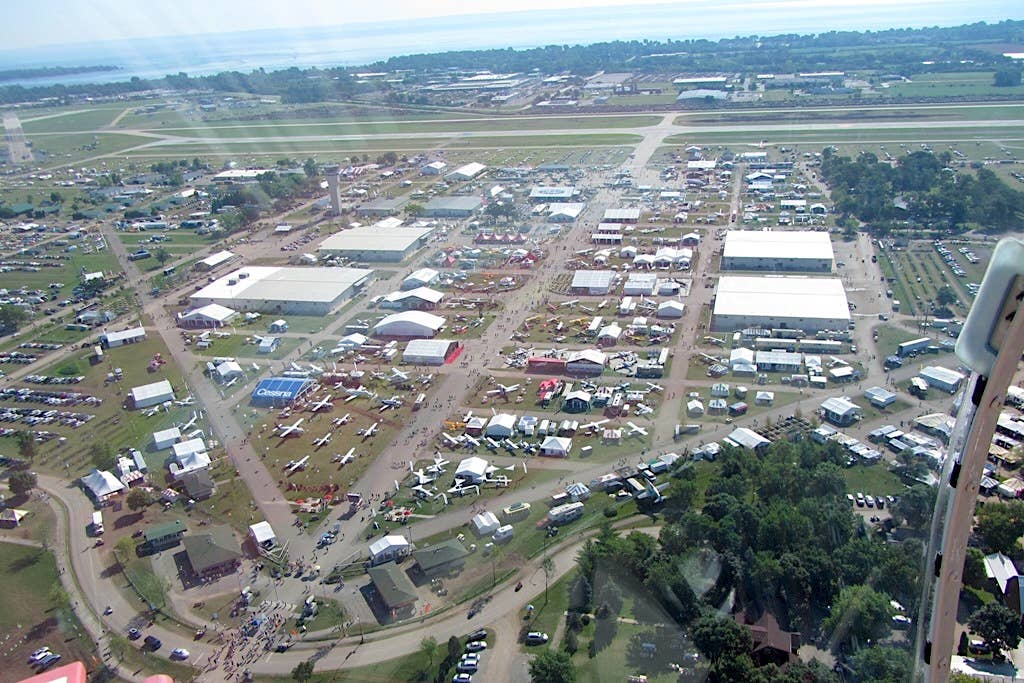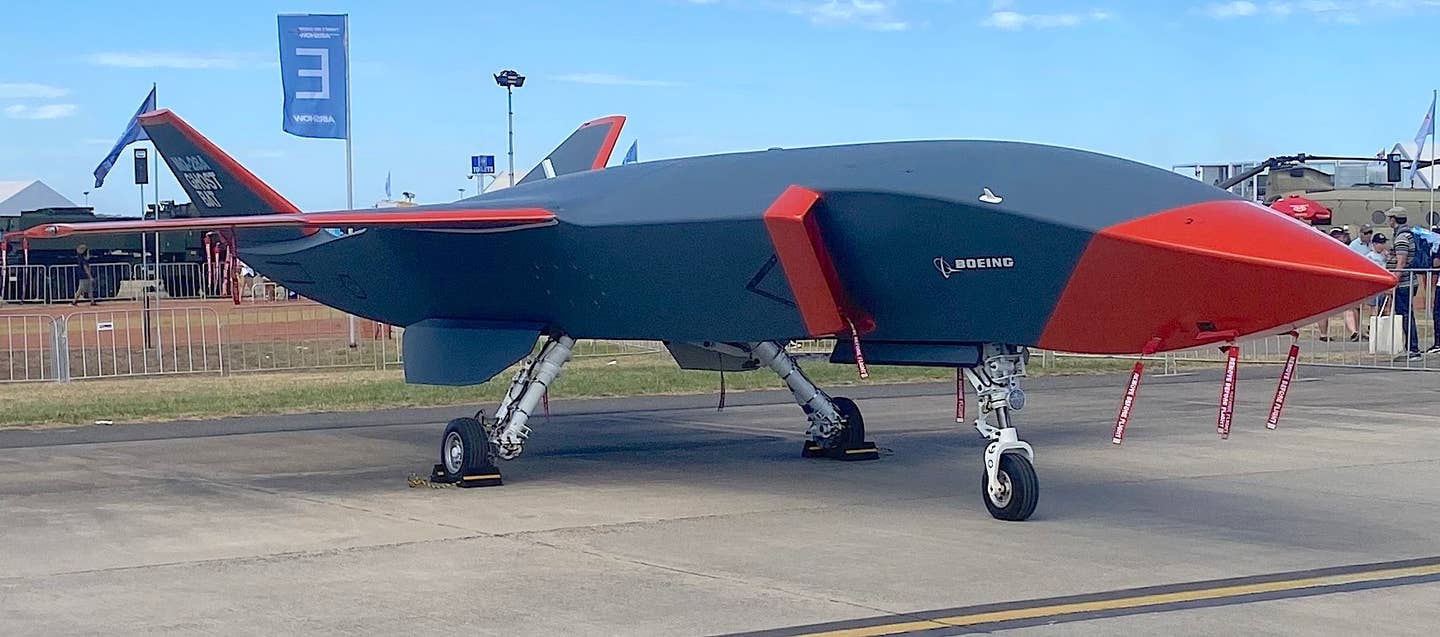UPS Approved To Run “Drone Airline”
The FAA has given UPS’s Flight Forward subsidiary approval to run unmanned aerial delivery vehicles under an FAR Part 135 certificate that in turn allows it to use drones with…

Image: UPS
The FAA has given UPS’s Flight Forward subsidiary approval to run unmanned aerial delivery vehicles under an FAR Part 135 certificate that in turn allows it to use drones with more than 55 pounds of useful load. UPS said it will first expand drone deliveries to hospital campuses and then into other industries. UPS has already been testing delivery UAVs at the Wake Forest University’s medical center in Raleigh, North Carolina.
“This is a big step forward in safely integrating unmanned aircraft systems into our airspace, expanding access to healthcare in North Carolina and building on the success of the national UAS Integration Pilot Program to maintain American leadership in unmanned aviation,” said U.S. Secretary of Transportation Elaine L. Chao.
According to the FAA, “As a participant in the U.S. Transportation Department’s Unmanned Aircraft Systems Integration Pilot Program, the North Carolina Department of Transportation (NCDOT) partnered with UPS Flight Forward. As the operator, they have been engaged in delivery of healthcare supplies around a major hospital campus in Raleigh, North Carolina. The flights have focused on the delivery of blood for potentially life-saving transfusions, as well as other medical samples for lab work.”
Not only can UPS fly heavier drones, it can do so at night. There are restrictions in place for the UAVs that make them less than autonomous, however. The Associated Press reports that the “drones won't be allowed to fly beyond the sight of the operator without an FAA exemption for each route. Also, each flight will need a separate operator.” UPS will “apply for FAA permission to have a single operator fly multiple drones at the same time.”






